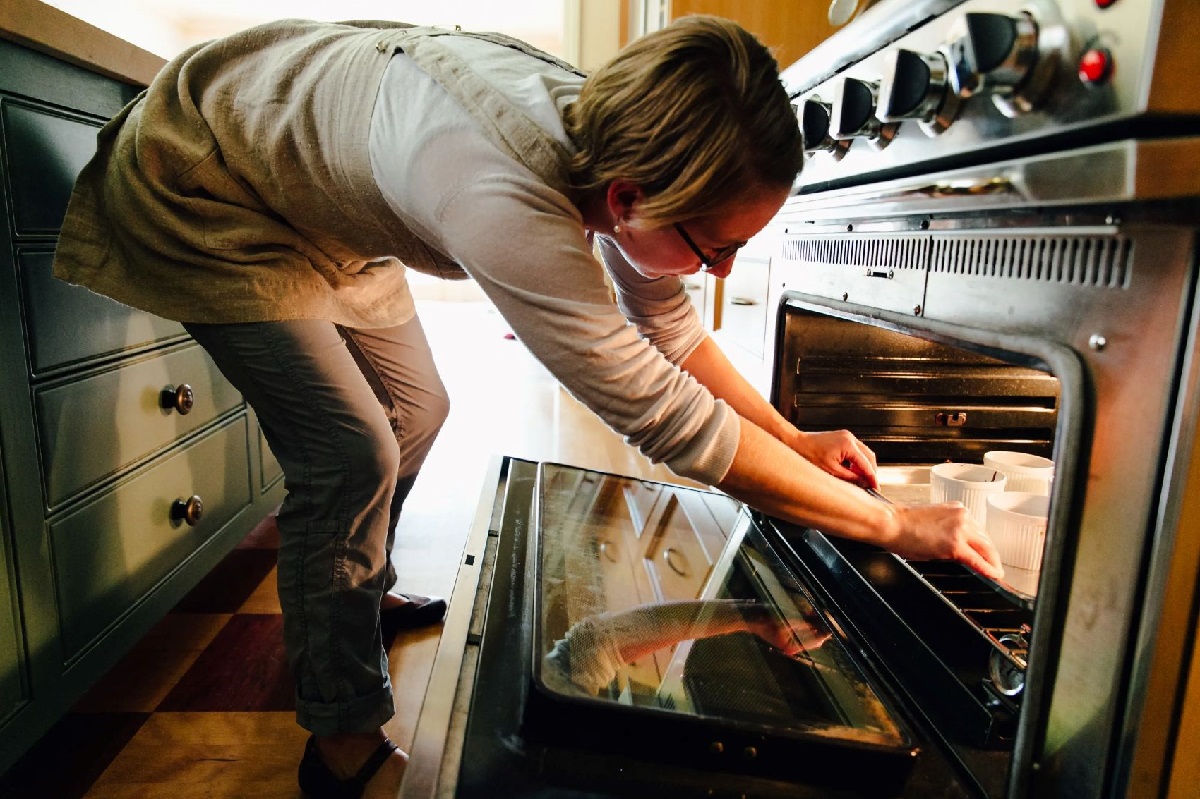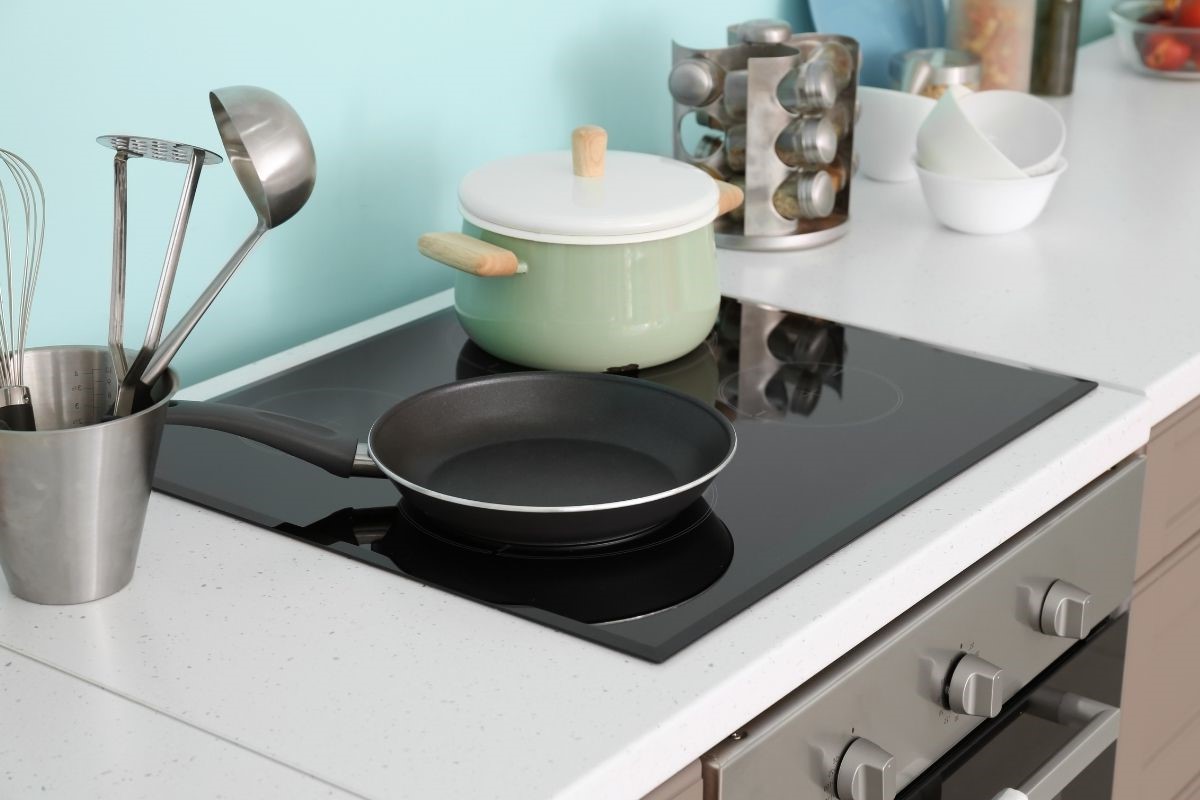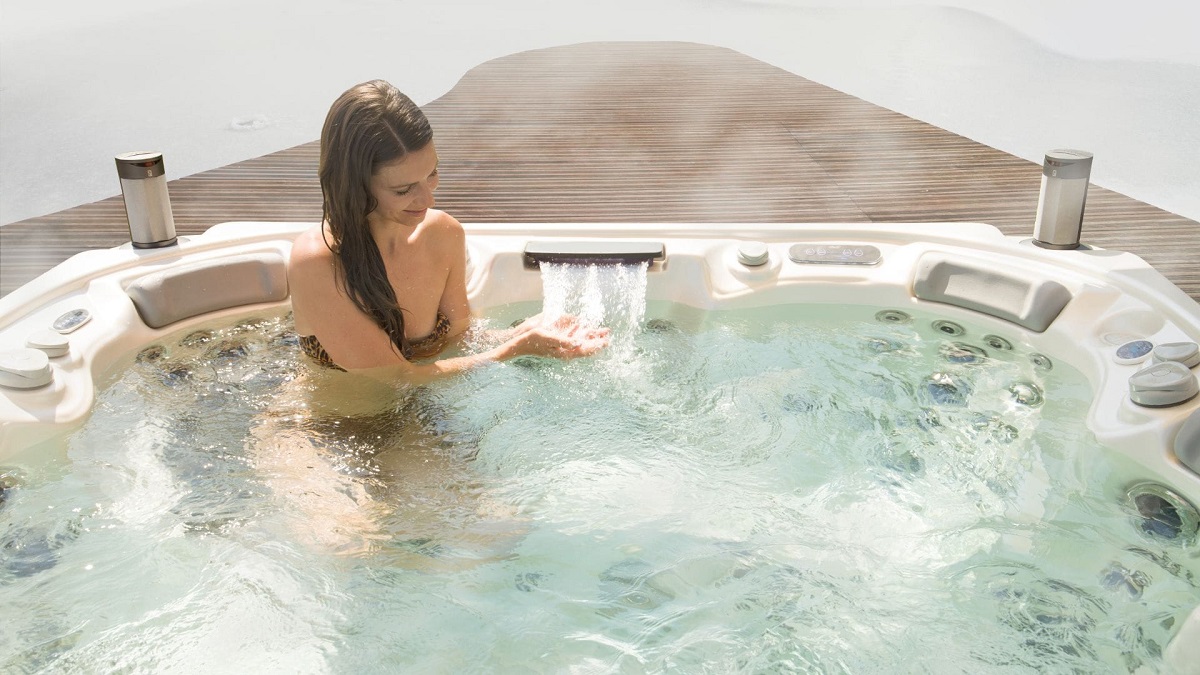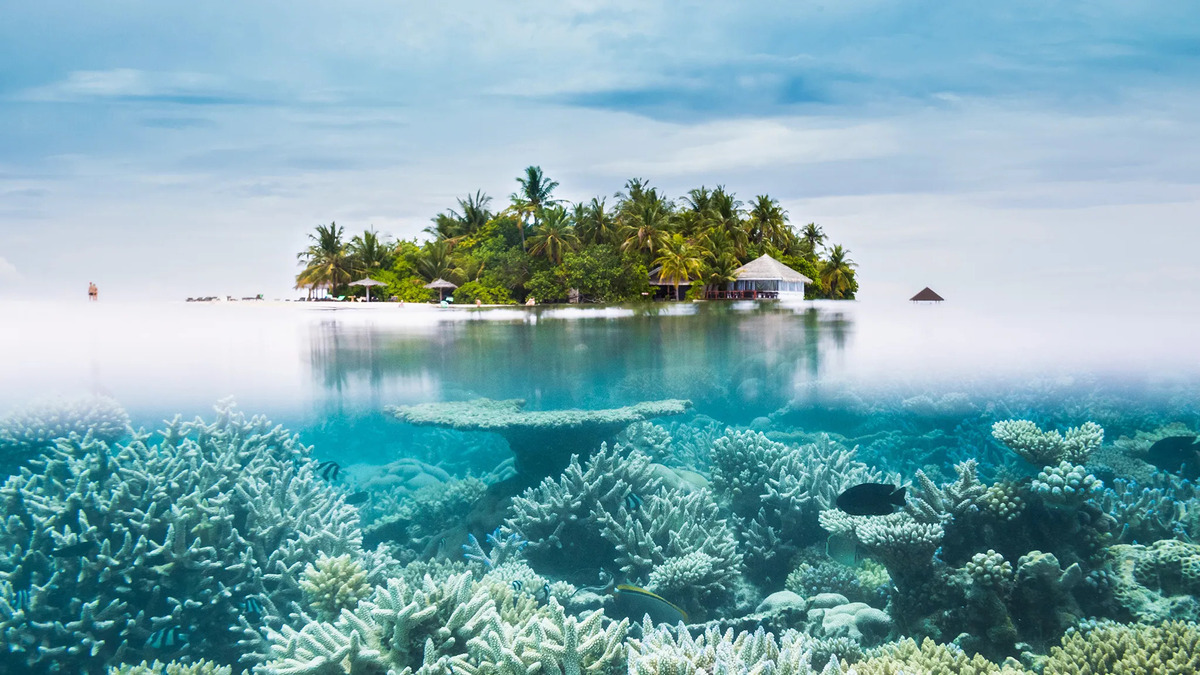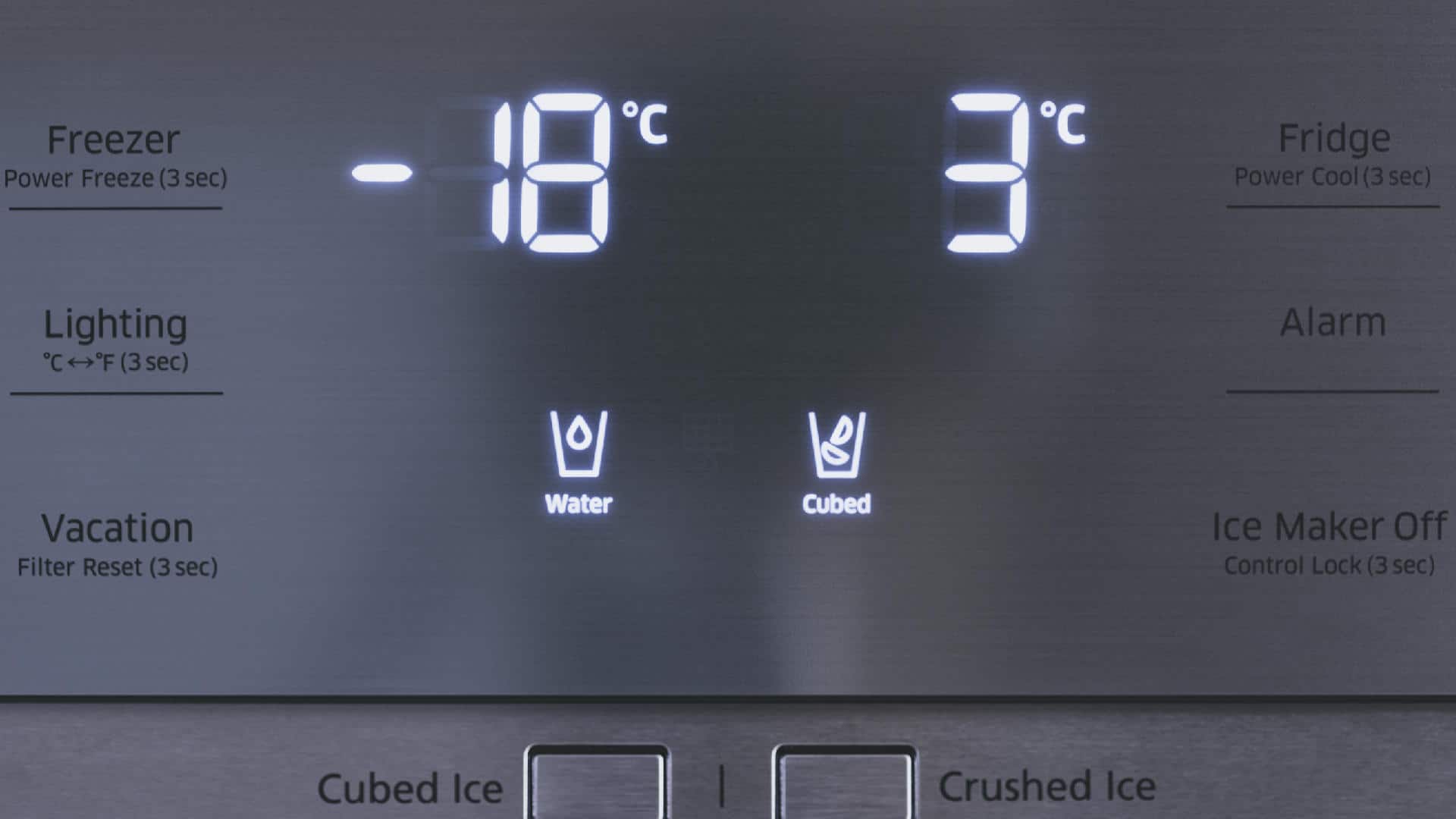Home>Outdoor & Recreation>Optimal Pool Temperature: How To Maintain The Perfect Water Temperature For Swimming
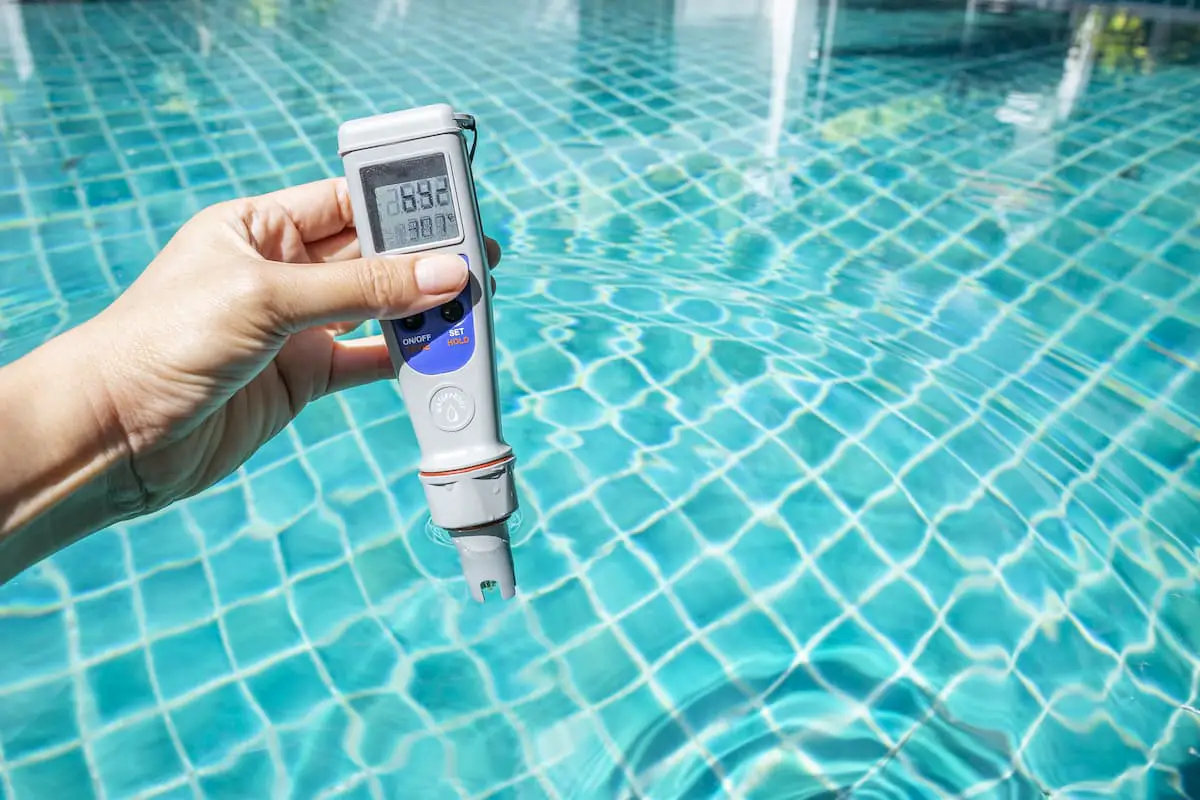

Outdoor & Recreation
Optimal Pool Temperature: How To Maintain The Perfect Water Temperature For Swimming
Modified: June 2, 2024
Learn how to maintain the perfect water temperature for swimming in your pool. Discover optimal pool temperature tips for outdoor and recreation activities.
(Many of the links in this article redirect to a specific reviewed product. Your purchase of these products through affiliate links helps to generate commission for Temperatures.com, at no extra cost. Learn more)
Table of Contents
Importance of Maintaining the Right Pool Temperature
Maintaining the right pool temperature is crucial for ensuring a comfortable and enjoyable swimming experience. Whether it's a residential pool or a commercial one, the water temperature plays a significant role in the overall satisfaction of swimmers. Here's why it's important to keep the pool temperature within the optimal range:
-
Comfort and Enjoyment: When the pool water is at the right temperature, swimmers can enjoy a comfortable and relaxing experience. Water that is too cold can be off-putting and uncomfortable, while water that is too warm may lead to overheating and discomfort. By maintaining the optimal temperature, swimmers can fully enjoy their time in the pool.
-
Safety: Proper pool temperature is essential for ensuring the safety of swimmers. Water that is too cold can cause muscle cramps and discomfort, increasing the risk of accidents and injuries. On the other hand, excessively warm water can lead to dehydration and heat-related illnesses. Maintaining the right temperature helps mitigate these risks and creates a safer swimming environment.
-
Health Benefits: Swimming in water that is within the optimal temperature range offers various health benefits. It promotes relaxation, relieves stress, and can help soothe sore muscles. Additionally, swimming in comfortably warm water can improve circulation and aid in overall physical well-being.
-
Energy Efficiency: Maintaining the right pool temperature also contributes to energy efficiency. By keeping the water within the recommended range, pool owners can optimize their energy usage, leading to cost savings and reduced environmental impact.
-
Enhanced Performance: For competitive swimmers and athletes, the pool temperature can significantly impact performance. Water that is too cold can hinder muscle function and reduce overall performance, while excessively warm water can lead to fatigue and decreased endurance. By maintaining the optimal temperature, swimmers can perform at their best.
In essence, maintaining the right pool temperature is essential for ensuring the comfort, safety, and well-being of swimmers. It also contributes to energy efficiency and can positively impact swimming performance. Understanding the importance of maintaining the optimal pool temperature is key to providing an exceptional swimming experience for all.
Read more: Optimal Freezer Temperature: How To Set And Maintain The Perfect Temperature For Your Freezer
Factors Affecting Pool Temperature
Several factors can influence the temperature of a pool, impacting the overall swimming experience and the effectiveness of pool maintenance. Understanding these factors is crucial for ensuring that the pool temperature remains within the optimal range. Here are the key elements that can affect pool temperature:
-
Ambient Temperature: The surrounding air temperature plays a significant role in determining the initial temperature of the pool water. In colder climates, pools are more susceptible to temperature fluctuations, often requiring additional heating to maintain a comfortable swimming environment. Conversely, in warmer regions, excessive heat may lead to higher water temperatures, necessitating cooling methods to keep the pool within the recommended range.
-
Sun Exposure: Pools that receive direct sunlight are prone to temperature fluctuations based on the intensity and duration of sun exposure. Solar radiation can significantly raise the water temperature, especially during peak daylight hours. Conversely, pools in shaded areas may experience slower temperature changes. Proper management of sun exposure is essential for regulating pool temperature effectively.
-
Wind and Air Movement: Wind can accelerate the cooling of pool water, especially when the ambient air temperature is lower than the desired pool temperature. Additionally, evaporation caused by strong winds can lead to heat loss from the pool's surface. Understanding the impact of wind and air movement is crucial for maintaining consistent pool temperature levels.
-
Pool Insulation and Cover: The level of insulation around the pool and the use of covers can influence temperature retention. Well-insulated pools can better resist temperature fluctuations, while covers help minimize heat loss due to evaporation. Proper insulation and the use of pool covers are effective strategies for stabilizing pool temperature and reducing energy consumption.
-
Heating and Cooling Systems: The type and efficiency of heating and cooling systems employed in the pool significantly impact temperature control. Whether utilizing traditional heaters, heat pumps, or solar heating systems, the effectiveness of these mechanisms directly influences the pool's temperature stability. Similarly, cooling systems such as chillers or evaporation coolers play a vital role in managing excessively warm water temperatures.
-
Water Circulation and Filtration: Efficient water circulation and filtration systems contribute to temperature uniformity throughout the pool. Proper circulation helps distribute heated or cooled water evenly, preventing localized temperature variations. Additionally, well-maintained filtration systems ensure that the water temperature remains consistent by minimizing the impact of external factors.
Understanding these factors is essential for pool owners and maintenance professionals to effectively manage and regulate pool temperature. By addressing these elements, it becomes possible to maintain the optimal pool temperature, ensuring a comfortable and enjoyable swimming environment for all.
Methods for Monitoring and Adjusting Pool Temperature
Maintaining the optimal pool temperature requires diligent monitoring and effective adjustment methods to ensure a comfortable and enjoyable swimming environment. Pool owners and maintenance professionals can employ various techniques to monitor and regulate the water temperature, contributing to a seamless swimming experience. Here are the key methods for monitoring and adjusting pool temperature:
1. Thermometers and Temperature Sensors
Utilizing accurate thermometers and temperature sensors is fundamental for monitoring pool water temperature. Digital thermometers and wireless temperature sensors provide real-time data, allowing for precise temperature monitoring. These devices are strategically placed within the pool to capture temperature variations, enabling swift adjustments when necessary.
2. Automated Temperature Control Systems
Advanced pool management systems offer automated temperature control features, allowing for seamless adjustments based on preset temperature parameters. These systems integrate temperature sensors with heating and cooling mechanisms, ensuring that the pool temperature remains within the desired range. Automated controls enhance efficiency and convenience, providing precise temperature regulation without manual intervention.
3. Heating and Cooling Equipment
Traditional heating systems, heat pumps, and solar heating technologies are utilized to raise the pool temperature when needed. These mechanisms are equipped with thermostats and timers, enabling precise temperature adjustments based on specific requirements. Similarly, cooling equipment such as chillers and evaporation coolers effectively lower the water temperature, ensuring optimal conditions for swimming.
4. Pool Covers and Insulation
The use of pool covers and effective insulation plays a crucial role in temperature management. Pool covers minimize heat loss through evaporation, especially during cooler evenings or windy conditions. Additionally, well-insulated pools retain heat more efficiently, reducing the need for excessive heating and promoting temperature stability.
5. Regular Water Testing and Maintenance
Regular water testing is essential for monitoring chemical balance and its impact on temperature regulation. Properly balanced water chemistry contributes to temperature stability and prevents fluctuations caused by imbalanced pH or alkalinity levels. Additionally, routine maintenance of filtration systems and water circulation components ensures consistent temperature distribution throughout the pool.
6. Professional Maintenance and Consultation
Engaging professional pool maintenance services provides valuable expertise in monitoring and adjusting pool temperature. Experienced technicians can conduct comprehensive assessments, identify temperature control issues, and recommend tailored solutions to optimize temperature management. Consulting with professionals ensures proactive temperature regulation and enhances the overall efficiency of pool maintenance.
By employing these methods for monitoring and adjusting pool temperature, pool owners and maintenance professionals can uphold the optimal swimming conditions, promoting comfort, safety, and overall satisfaction for swimmers. Effective temperature management contributes to a superior swimming experience, ensuring that the pool remains a welcoming and enjoyable recreational space.
Read more: Optimal Temperature For Tap Water
Benefits of Swimming in the Optimal Pool Temperature
Swimming in the optimal pool temperature offers a myriad of benefits that contribute to an enhanced and enjoyable aquatic experience. The ideal water temperature, typically ranging between 78 to 82 degrees Fahrenheit (25 to 28 degrees Celsius), creates a comfortable and inviting environment for swimmers of all ages. Here are the compelling advantages of swimming in the optimal pool temperature:
1. Enhanced Comfort and Relaxation
The optimal pool temperature provides swimmers with a soothing and comfortable aquatic environment. The water feels refreshing without being too cold, allowing individuals to relax and unwind as they glide through the pool. This comfort factor is particularly beneficial for individuals seeking a leisurely swim or those looking to de-stress after a long day.
2. Improved Muscle Function and Flexibility
Swimming in water that is within the optimal temperature range promotes improved muscle function and flexibility. The warmth of the water helps muscles relax, reducing tension and stiffness. This, in turn, enhances the range of motion and flexibility, allowing swimmers to move more freely and perform various strokes with ease.
3. Enhanced Circulation and Cardiovascular Health
The optimal pool temperature supports improved circulation and cardiovascular health. As swimmers engage in aquatic activities, the warmth of the water encourages blood vessels to dilate, promoting better blood flow throughout the body. This enhanced circulation contributes to overall cardiovascular well-being, making swimming an excellent low-impact exercise for individuals of all fitness levels.
Read more: Optimal Temperature For Newborns: Tips For Maintaining A Safe And Comfortable Environment
4. Stress Relief and Mental Well-being
Swimming in the optimal pool temperature offers significant stress-relieving benefits. The soothing warmth of the water creates a tranquil environment, allowing swimmers to unwind and alleviate mental stress. The rhythmic movements involved in swimming also promote a sense of mindfulness, contributing to improved mental well-being and relaxation.
5. Enhanced Endurance and Performance
For competitive swimmers and athletes, the optimal pool temperature plays a vital role in enhancing endurance and performance. Water that is too cold can lead to muscle constriction and reduced stamina, while excessively warm water may cause overheating and fatigue. By maintaining the ideal temperature, swimmers can optimize their performance and endurance, making the most of their training sessions and competitive swims.
6. Therapeutic Benefits for Rehabilitation
The optimal pool temperature is particularly beneficial for individuals undergoing rehabilitation or physical therapy. The warmth of the water helps soothe aching muscles and joints, providing a therapeutic environment for recovery and rehabilitation. Swimming in the optimal pool temperature can aid in the restoration of mobility and strength, making it an effective form of rehabilitation exercise.
In essence, swimming in the optimal pool temperature offers a multitude of physical, mental, and therapeutic benefits. From enhanced comfort and relaxation to improved muscle function, cardiovascular health, and stress relief, the optimal pool temperature creates an inviting and beneficial environment for swimmers of all backgrounds. By embracing the advantages of swimming in the optimal pool temperature, individuals can experience the full spectrum of benefits that aquatic activities have to offer.
Tips for Maintaining the Perfect Water Temperature
Maintaining the perfect water temperature in a pool requires a proactive approach and attention to various factors that influence temperature stability. By implementing the following tips, pool owners and maintenance professionals can ensure that the water temperature remains within the optimal range, creating a comfortable and inviting swimming environment for all.
-
Regular Temperature Monitoring: Consistent monitoring of the pool water temperature is essential for identifying fluctuations and deviations from the desired range. Utilizing reliable thermometers and digital temperature sensors enables accurate and real-time monitoring, allowing for prompt adjustments when necessary.
-
Seasonal Adjustments: Recognizing the impact of seasonal changes on pool temperature is crucial. During colder months, additional heating may be required to maintain a comfortable water temperature, while in warmer seasons, strategies for cooling the water, such as shading or adjusting heating systems, may be necessary.
-
Optimize Sun Exposure: Managing the pool's exposure to sunlight can significantly impact water temperature. Utilizing shading structures, such as umbrellas or awnings, during peak sunlight hours can help regulate temperature fluctuations caused by solar radiation, ensuring a more consistent water temperature.
-
Efficient Heating and Cooling Systems: Regular maintenance and optimization of heating and cooling equipment are essential for temperature control. Ensuring that heating systems are functioning efficiently and that cooling mechanisms are calibrated to the desired settings contributes to stable and comfortable water temperatures.
-
Utilize Pool Covers: The use of pool covers, particularly during non-swimming hours, minimizes heat loss through evaporation and helps retain the desired water temperature. Additionally, covers provide insulation, reducing the impact of external temperature fluctuations on the pool water.
-
Proper Insulation: Ensuring that the pool is well-insulated helps retain heat and minimizes temperature fluctuations. Adequate insulation around the pool structure and within heating systems contributes to energy efficiency and temperature stability.
-
Water Chemistry Management: Regular testing and maintenance of water chemistry, including pH and alkalinity levels, are essential for temperature regulation. Balanced water chemistry promotes temperature stability and prevents fluctuations caused by imbalanced chemical levels.
-
Professional Maintenance Services: Engaging professional pool maintenance services for regular assessments and adjustments is invaluable. Experienced technicians can identify potential temperature control issues, optimize system settings, and provide tailored recommendations for maintaining the perfect water temperature.
By implementing these tips for maintaining the perfect water temperature, pool owners and maintenance professionals can uphold a consistent and comfortable swimming environment. Proactive monitoring, strategic adjustments, and the utilization of efficient equipment and resources contribute to an optimal pool temperature, ensuring an enjoyable and inviting experience for swimmers throughout the year.


